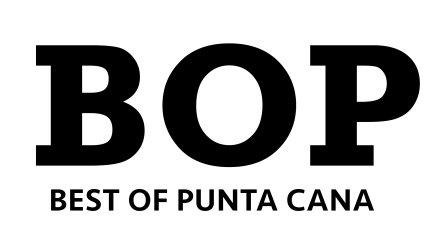CARNIVAL IN THE DOMINICAN REPUBLIC

In the month of February, the Dominican Republic normally celebrates Carnival. Although sadly the celebration is suspended this year, we’ll still be celebrating this important event at home!
Carnival started on the island during Spanish colonial times around 1520. During the occupation of the island by Haiti, carnival disappeared, but when independence was restored on February 27 1844, carnival came back with a vengeance! The last day of Carnival is the first Sunday of March, which is when the National Carnival Parade is held along the malecon in Santo Domingo.
There are a number of carnival characters, which are unique to the Dominican Republic, all of which have national or regional importance! All of these characters meet at the National Parade! Let’s take a look at their story:
El Diablo Cojuelo
The leading character in Dominican Carnival! A “limping devil” who wears a colorful cloaked suit decorated with mirrors, rattles, ribbons, and cowbells. He was originally a parody of Spanish medieval knights! A mask with large horns covers his face, as he carries a round whip or vejiga, which is made from a cow’s bladder. El diablo travels along the parade route surprising distracted carnival watchers with a lash of his whip!
Roba La Gallina
Translated as “The Hen Robber,” a man dressed up in an extravagant, layered dress, with large-sized breasts and behind. The Hen Robber also carries an oversized purse. Younger people will watch out for this character at the colmados or bodegas as she begs for candy for her “chicks”. Youngsters then follow along behind him in the parade to receive a shower of candy!
Los Lechones
The main character in the city of Santiago! They distinguish themselves from El diablowith their masks. They have the face of a pig or boar, with long snout and tall horns. They usually wear a colorful, beaded romper decorated with bells and bows. Their role is to maintain order in the streets during festivities, with their whips which are the same as El Diablo’s. Listen out for the whistle as they swing their whips in the air!
Los Taimáscaros
Represent Puerto Plata, and are another version of the diablo. They feature three cultural influences in their outfits to represent the history of the island. A mask to represent the indigenous Taino gods, blouses and coats to represent Spanish heritage, and handkerchiefs that symbolize African deities from the African slaves that were brought to the island.
Guloyas
This San Pedro de Macorís character represents the African descendants of neighboring English-speaking Caribbean islands. They migrated to the island in the early 20th century to work in the sugar industry. They wear striking beaded costumes and tall feathery hats. Their unique African-influenced music and dance was proclaimed a UNESCO Masterpiece of Intangible and Oral Heritage of Humanity in 2005.
Los Pintaos
In Barahona, Los Pintaos feature intricately painted bodies of various colors. They wear just a piece of cloth to cover their modesty! They represent escaped slaves who took refuge in the southwestern mountains of Bahoruco in the 16th century. They’ve received the highest award from the Ministry of Culture, The Premio Nacional de Carnival Felipe Abreu!
Los Tiznaos
Who represent African slaves, are characters whose faces and bodies are painted black with coal and burned car oil. They love dancing along the streets, and entertaining the crowds!
Los Alí Babá
Provide carnival with Oriental themes. They are well known for performing choreographed dancing and drumming. You’ll find it hard not to dance when they are near!
Have you visited the Dominican Republic during Carnival? How many of these characters have you seen? Let us know in our Facebook Group!
